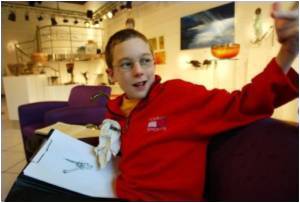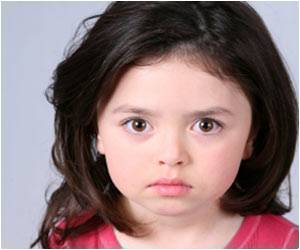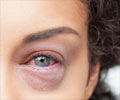Solid evidence that kids with autism spectrum disorders (ASD) process sensory information such as sound, touch and vision differently than typically developing children has been unearthed

The Einstein finding offers new insights into autism and could lead to objective measures for evaluating the effectiveness of autism therapies.
"One of the classic presentations of autism is the child in the corner with his hands over his ears rocking back and forth trying to block out the environment. People have long theorized that these children might not be integrating information across the senses very well. If you have all these sights and sounds coming at you but you can't put them together in a meaningful way, the world can be an overwhelming place," said senior author Dr. Sophie Molholm.
Over the last few years, Molholm and her colleagues have been refining methods for measuring multisensory integration (MSI) using brainwave electroencephalogram (EEG) recordings.
In the current study, MSI was measured in 17 ASD children, ages 6 to 16, and 17 typically developing children matched for age and non-verbal IQ.
The children watched a silent video of their choice while they were presented with unrelated sounds and vibrations.
Advertisement
The children's EEG responses to the unisensory conditions were summed and compared to their EEG responses to multisensory conditions.
Advertisement
On the other hand, in the ASD children, the differences between the sum of children's unisensory responses and their MSI responses were not nearly as pronounced, indicating that these kids were not integrating multisensory information as effectively.
"Our data makes a compelling case, at least for these conditions, that there are differences in multisensory integration between the two groups," said Molholm.
The study appears in the latest online issue of Autism Research.
Source-ANI










